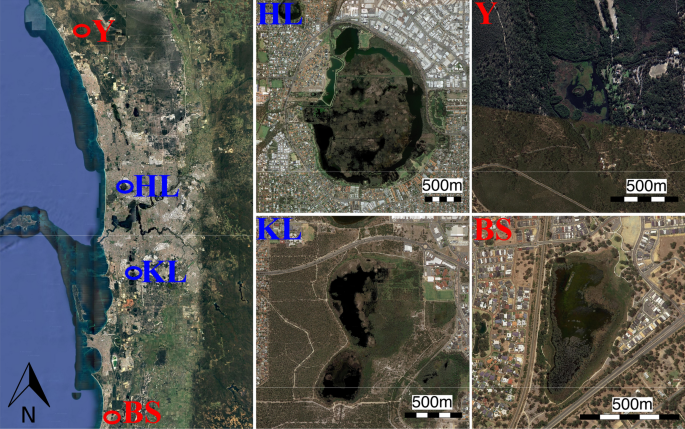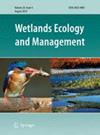Quantifying the impacts of an invasive weed on habitat quality and prey availability for tiger snakes (Notechis scutatus) in urban wetlands
IF 1.6
4区 环境科学与生态学
Q4 ENVIRONMENTAL SCIENCES
引用次数: 1
Abstract
Abstract Invasive plants are a threat to natural ecosystems worldwide, with urban wetlands being some of the most susceptible and highly modified environments of all. The tiger snake ( Notechis scutatus ) is a top predator that persists in urban wetlands of south-western Australia, many of which have been degraded by introduced kikuyu grass ( Cenchrus clandestinus ). To evaluate the potential impact of kikuyu grass on habitat quality for tiger snakes we quantified the structural features of habitats within wetlands degraded by kikuyu grass and compared them to wetlands with native vegetation. We also examined tiger snake prey availability, assessed predation risk for juvenile snakes using clay models, and measured the thermal quality of the vegetation. Proliferation of kikuyu grass has reduced habitat structural heterogeneity by reducing available bare ground and increasing vegetation density. This homogenisation of habitat structure had little effect on the predation risk for juveniles or the thermal properties of tiger snake shelter sites; however, one key prey species, the motorbike frog, had significantly lower abundance in the most impacted habitat. Habitat types with more structural complexity also offered tiger snakes more stable thermal regimes and lower predation risk. These findings indicate that the current extent of kikuyu grass invasion offers overall similar habitat quality for tiger snakes to native vegetation and may contribute to their persistence in urban wetlands; however, both tiger snakes and their anuran prey may benefit from increased habitat structural complexity.

城市湿地中入侵杂草对虎蛇栖息地质量和猎物可得性的影响
入侵植物是全球自然生态系统的一大威胁,而城市湿地是其中最易受影响和高度改变的环境之一。虎蛇(Notechis scutatus)是一种持续存在于澳大利亚西南部城市湿地的顶级捕食者,其中许多已经被引入的基库尤草(Cenchrus claustus)退化。为了评价基库尤草对虎蛇生境质量的潜在影响,我们量化了基库尤草退化湿地的生境结构特征,并将其与原生植被湿地进行了比较。我们还研究了虎蛇的猎物可用性,利用粘土模型评估了幼蛇的捕食风险,并测量了植被的热质量。基库尤草的繁殖通过减少可利用裸地和增加植被密度来降低生境结构的异质性。这种生境结构的同质化对虎蛇幼体的捕食风险和虎蛇庇护地的热特性影响不大;然而,一个关键的猎物物种,摩托车蛙,在受影响最严重的栖息地的丰度明显较低。结构更复杂的栖息地类型也为虎蛇提供了更稳定的热状态和更低的捕食风险。这些发现表明,目前基库尤草的入侵程度为虎蛇提供了与本地植被相似的栖息地质量,并可能有助于它们在城市湿地的持久性;然而,虎蛇和它们的猎物都可能从栖息地结构复杂性的增加中受益。
本文章由计算机程序翻译,如有差异,请以英文原文为准。
求助全文
约1分钟内获得全文
求助全文
来源期刊

Wetlands Ecology and Management
ENVIRONMENTAL SCIENCES-WATER RESOURCES
CiteScore
3.60
自引率
5.60%
发文量
46
审稿时长
>12 weeks
期刊介绍:
Wetlands Ecology and Management is an international journal that publishes authoritative and original articles on topics relevant to freshwater, brackish and marine coastal wetland ecosystems. The Journal serves as a multi-disciplinary forum covering key issues in wetlands science, management, policy and economics. As such, Wetlands Ecology and Management aims to encourage the exchange of information between environmental managers, pure and applied scientists, and national and international authorities on wetlands policy and ecological economics.
 求助内容:
求助内容: 应助结果提醒方式:
应助结果提醒方式:


